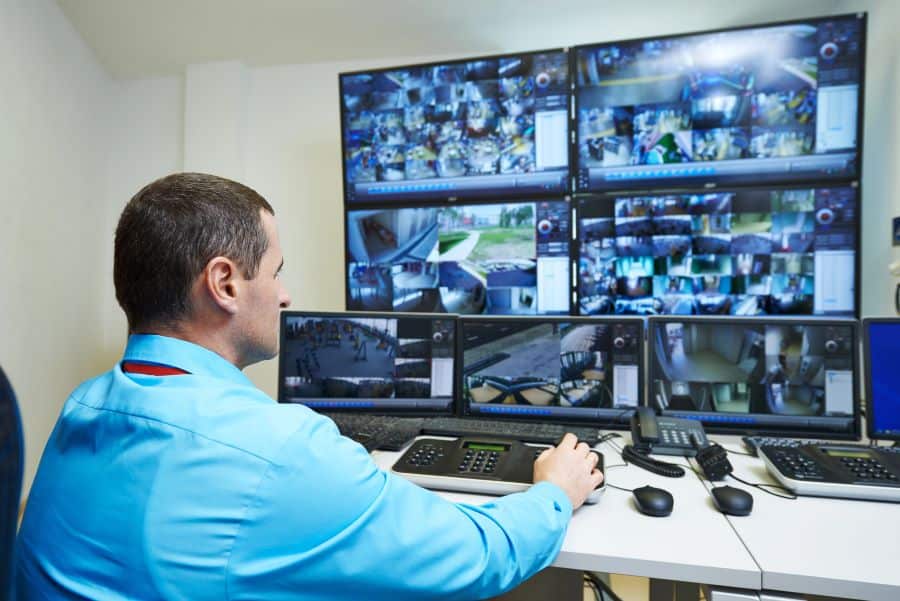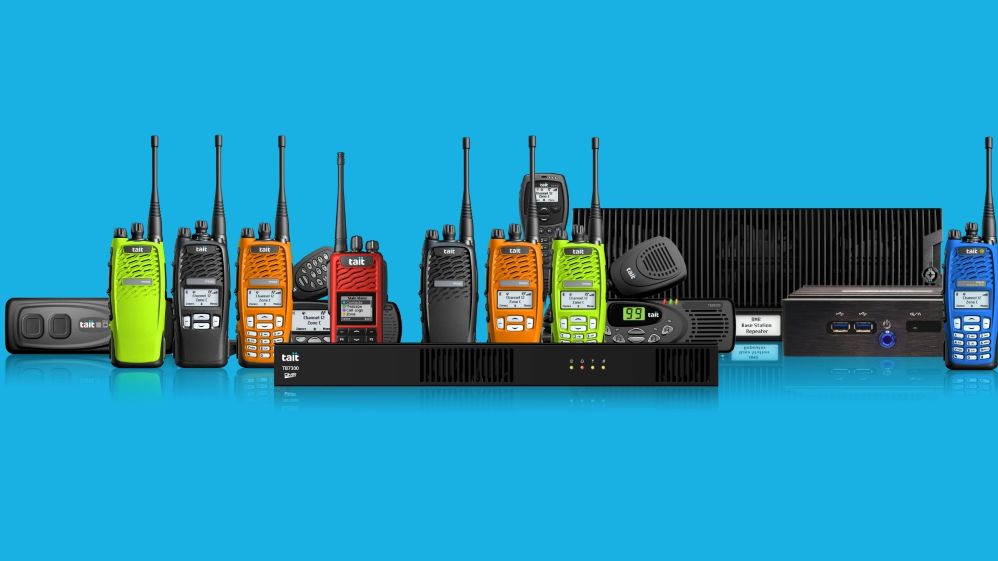Access control has undergone a remarkable evolution over the past few decades, moving from simple lock-and-key mechanisms to sophisticated, technology-driven systems that integrate artificial intelligence, biometrics, and the Internet of Things (IoT).
Initially designed to prevent unauthorised access to physical spaces, access control now plays a pivotal role in safeguarding digital assets, ensuring data privacy, and creating seamless user experiences. These advancements reflect the growing complexity of security challenges and the demand for scalable, adaptive solutions.
As we look to 2025, staying ahead of access control trends is no longer optional for organisations. Businesses and institutions must remain informed about emerging technologies to protect their assets, comply with regulations, and enhance operational efficiency.
This article explores the key developments shaping the access control landscape in 2025 and offers insights into how organisations can leverage these advancements to maintain robust security systems.
The Rise of Artificial Intelligence in Access Control
Smarter Threat Detection
Artificial intelligence (AI) is redefining the capabilities of access control systems. Traditional access control systems often relied on static rules and manual monitoring, leaving gaps in their ability to detect anomalies.
AI algorithms, however, excel at analysing vast amounts of data in real-time, identifying patterns, and detecting suspicious behaviour. For instance, AI can flag unusual access attempts, such as repeated failed login attempts or access requests from unauthorised locations, and notify security teams immediately.
Predictive analytics, powered by AI, takes threat detection a step further by forecasting potential security breaches before they occur. By examining historical data and recognising behavioural trends, AI systems can predict vulnerabilities and recommend preventive measures. This capability is especially crucial for high-risk environments such as government facilities, data centres, and critical infrastructure.
Personalised Access
AI is also enhancing the personalisation of access control. By learning user behaviour and preferences, AI-driven systems can assign dynamic access levels tailored to individual roles and responsibilities. For example, a healthcare facility might use AI to grant doctors unrestricted access to patient records while limiting administrative staff to billing information. Such precision enhances security and streamlines operations by eliminating unnecessary restrictions.
Industries like finance and healthcare, where data sensitivity is paramount, stand to benefit significantly from personalised AI-based access control systems. These systems reduce risks while improving productivity by ensuring that the right people have the right access at the right time.
The Shift Towards Cloud-Based Solutions
Advantages of Cloud-Hosted Access Control
Cloud-based access control systems are gaining traction due to their flexibility, scalability, and cost-effectiveness. Unlike traditional on-premises solutions, cloud-hosted systems allow businesses to expand their security infrastructure effortlessly as they grow. Adding new users, devices, or locations is as simple as updating software settings, eliminating the need for expensive hardware upgrades.
Remote management is another compelling advantage of cloud solutions. Using a centralised dashboard, security administrators can monitor and control access from anywhere. This capability is particularly beneficial for organisations with multiple branches or global operations, as it simplifies management and reduces the need for on-site personnel.
Improved Integration with Other Systems
Cloud-based systems also facilitate seamless integration with other technologies, such as IoT devices and surveillance cameras. This interconnectedness creates a unified security ecosystem where data flows freely between systems, enabling real-time updates and alerts. For example, if a security camera detects unauthorised entry, the cloud-based access control system can immediately lock down affected areas and notify administrators.
The ability to synchronise data across systems enhances situational awareness and ensures a swift response to security incidents, making cloud solutions a vital component of modern access control.
Mobile Access: A Game-Changer
Smartphones as Key Cards
Mobile access is revolutionising the way we think about security. Digital credentials stored in mobile apps are replacing traditional key cards and fobs, offering unparalleled convenience. Employees and visitors can use their smartphones to gain entry to buildings, reducing the need for physical keys and the risk of loss or theft.
The adoption of mobile access is particularly appealing to organisations seeking to modernise their security infrastructure. With smartphones acting as all-in-one devices, users can receive updates, manage credentials, and access multiple facilities without the hassle of carrying additional items.
Enhanced Security Features
Mobile access systems also come with advanced security features. Two-factor authentication, which combines something the user has (a smartphone) with something they know (a PIN) or something they are (biometrics), significantly enhances security. Geofencing technology further ensures that credentials are only valid within specific locations, reducing the risk of misuse.
Temporary access codes, another innovative feature, enable secure, time-limited entry for contractors, guests, or delivery personnel. These codes automatically expire after their intended use, minimising potential security vulnerabilities.

Biometric Advancements and Adoption
Beyond Fingerprints
Biometric technology has expanded beyond fingerprint scanners to include facial recognition, retina scans, and voice recognition. These non-contact solutions have gained popularity in the wake of the COVID-19 pandemic, as they reduce the risk of pathogen transmission while offering fast and reliable authentication.
Advanced biometric systems are also more difficult to spoof, providing a higher level of security compared to traditional methods. For example, facial recognition systems can detect subtle features and expressions, making it nearly impossible for unauthorised users to bypass security.
Balancing Privacy Concerns
Despite their advantages, biometric systems raise significant privacy and ethical concerns. Organisations must address these issues by implementing robust data protection measures, such as encryption and anonymisation, to safeguard biometric information.
Compliance with global privacy regulations, such as the General Data Protection Regulation (GDPR), is also essential. Transparent policies regarding data collection, storage, and use can help build trust and ensure ethical deployment of biometric technologies.
The Integration of IoT in Access Control
A Connected Security Ecosystem
The IoT has transformed access control into a connected security ecosystem. IoT-enabled devices, such as smart locks, sensors, and cameras, work together to provide comprehensive security coverage. These devices can communicate with one another, sharing data and triggering automated responses to potential threats.
Centralised platforms allow administrators to manage all IoT devices from a single interface, streamlining operations and improving efficiency. For example, a smart lock can automatically activate a surveillance camera when opened, creating a detailed access log with visual evidence.
Use Cases in Various Industries
The integration of IoT is particularly impactful in industries like construction, logistics, and commercial real estate. Smart buildings equipped with IoT devices can automate access based on schedules, ensuring that only authorised personnel are present at specific times.
Logistics companies use IoT-enabled access control to secure high-value goods during transit. By monitoring access points in real-time, these systems help prevent theft and ensure compliance with regulatory requirements.
Focus on Cybersecurity in Access Control
Securing Digital Credentials
As access control systems become more digitised, securing digital credentials is critical. Cyberattacks targeting access systems can lead to data breaches and operational disruptions. To mitigate these risks, organisations are adopting advanced encryption methods and leveraging blockchain technology for secure access records.
Blockchain provides an immutable ledger of access transactions, ensuring data integrity and transparency. By decentralising data storage, blockchain also reduces the risk of centralised attacks, making it a powerful tool for enhancing cybersecurity.
Regular System Updates and Patches
Keeping software up-to-date is another essential practice for maintaining cybersecurity. Regular updates and patches address vulnerabilities and improve system performance. Managed service providers (MSPs) play a crucial role in ensuring that organisations stay current with the latest security measures.
Proactive monitoring and timely updates not only protect against threats but also extend the lifespan of access control systems, providing long-term value.
Sustainability and Green Access Control
Energy-Efficient Access Control Systems
Sustainability is becoming a priority for access control manufacturers and users alike. Low-power devices and eco-friendly hardware are reducing the environmental footprint of security systems. Some access control solutions now incorporate renewable energy sources, such as solar panels, to power their operations.
The Move Towards Paperless Credentials
The shift to digital credentials is another step toward sustainability. By replacing physical key cards and badges with digital passes, organisations can reduce waste and save on production costs. This transition not only benefits the environment but also simplifies credential management for administrators.
Predictions for Future Developments
Enhanced User Experience
Future access control systems will prioritise convenience and ease of use. AI-driven personalisation will allow systems to adapt to individual preferences, while faster response times will ensure seamless entry and exit experiences. These improvements will enhance user satisfaction and encourage widespread adoption of advanced access control technologies.
Expansion of Remote Work Access Needs
As remote work continues to grow, access control systems will need to adapt to secure home offices and remote locations. Cloud-based solutions will play a key role in providing flexible, scalable security for hybrid workplaces. Features like remote access monitoring and virtual credentials will become standard offerings.
Staying Ahead of the Curve
The access control landscape in 2025 is defined by innovation, integration, and adaptability. From AI and biometrics to cloud-based solutions and IoT integration, the advancements in access control technology offer unparalleled security and convenience.
To remain competitive and future-ready, organisations must embrace these trends and evaluate their current systems for potential upgrades. By staying informed and proactive, businesses can ensure robust security while capitalising on the benefits of modern access control systems.



